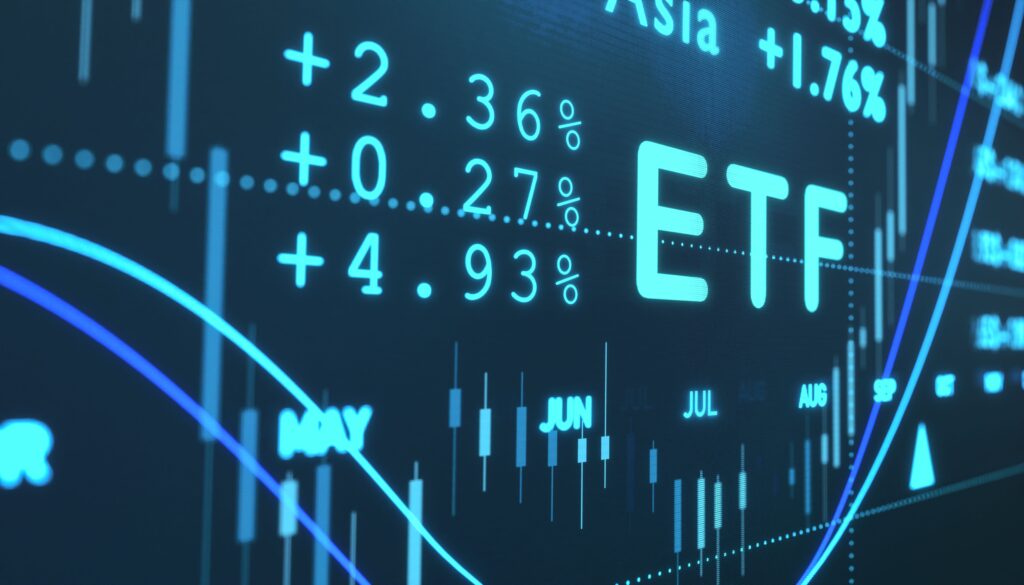Federal Reserve Keeps Rates Unchanged
On Wednesday, the U.S. Federal Reserve announced it would keep its benchmark fed funds rate steady at a range of 4.25% to 4.50%. This decision marks the second consecutive pause since a series of three rate cuts that wrapped up in 2024. The Fed’s choice reflects a cautious approach as it navigates a shifting economic landscape.
Revised Economic Growth Outlook
In its latest quarterly economic projections, the Federal Reserve significantly lowered its expectations for economic growth. The anticipated GDP growth for 2025 has dropped from 2.1% in December to just 1.7% now. The forecasts for the subsequent years—2026 and 2027—were also revised downward, indicating increasing concerns about the economy’s momentum.
Heightened Economic Uncertainty
The Fed acknowledged that «uncertainty around the economic outlook has increased,» likely alluding to the tumultuous environment created by tariff threats from President Trump. This uncertainty could lead to volatile market conditions as investors react to potential shifts in trade policies.
Inflation Projections Adjusted Upward
Along with a subdued growth forecast, the Fed has also adjusted its inflation expectations. Core Personal Consumption Expenditures (PCE) inflation is now projected to hit 2.8% this year, up from the previous estimate of 2.5%. The inflation outlook for 2026 and 2027 remains steady at 2.2% and 2.0%, respectively, indicating a need for continued vigilance in managing inflationary pressures.
Future Interest Rate Projections
The Fed’s «dot plot,» which illustrates Federal Open Market Committee (FOMC) members’ projections for future interest rates, continues to forecast an end-of-year fed funds rate of 3.9%. This figure remains unchanged from December’s projections, with anticipated rates for 2026 and 2027 at 3.4% and 3.1%, respectively. These numbers suggest a long-term outlook that may not see drastic changes in interest rates in the near future.
Changes in Quantitative Tightening
In a noteworthy development, the Fed announced a slowdown in the pace of its securities runoff, commonly referred to as quantitative tightening. Starting on April 1, the reduction of Treasury securities will decrease from $25 billion to $5 billion, reflecting a more measured approach to unwinding its balance sheet.
Market Reactions and Current Trends
Following the Fed’s announcement, Bitcoin (BTC) experienced volatility, dropping to $83,500 from just above $84,000 shortly before the news broke. Meanwhile, U.S. stocks continue to show solid gains, and the yield on the 10-year Treasury dipped by two basis points to 4.28%. Gold remains a standout asset, hovering near a record high of $3,048 per ounce.
Investor Sentiment and Future Outlook
Recent weeks have seen risk assets under pressure due to growing fears surrounding President Trump’s tariff threats and their potential implications for inflation and economic growth. The Fed’s hawkish stance during recent meetings has dampened expectations for looser financial conditions in the near term, creating headwinds for stocks and cryptocurrencies.
Upcoming Remarks from Fed Chair Jerome Powell
Federal Reserve Chair Jerome Powell is scheduled to speak at 2:30 p.m. Eastern Time (18:30 UTC). Traders and analysts will be closely listening for insights into policymakers’ perspectives on future monetary policy, which could influence market dynamics in the coming days.



